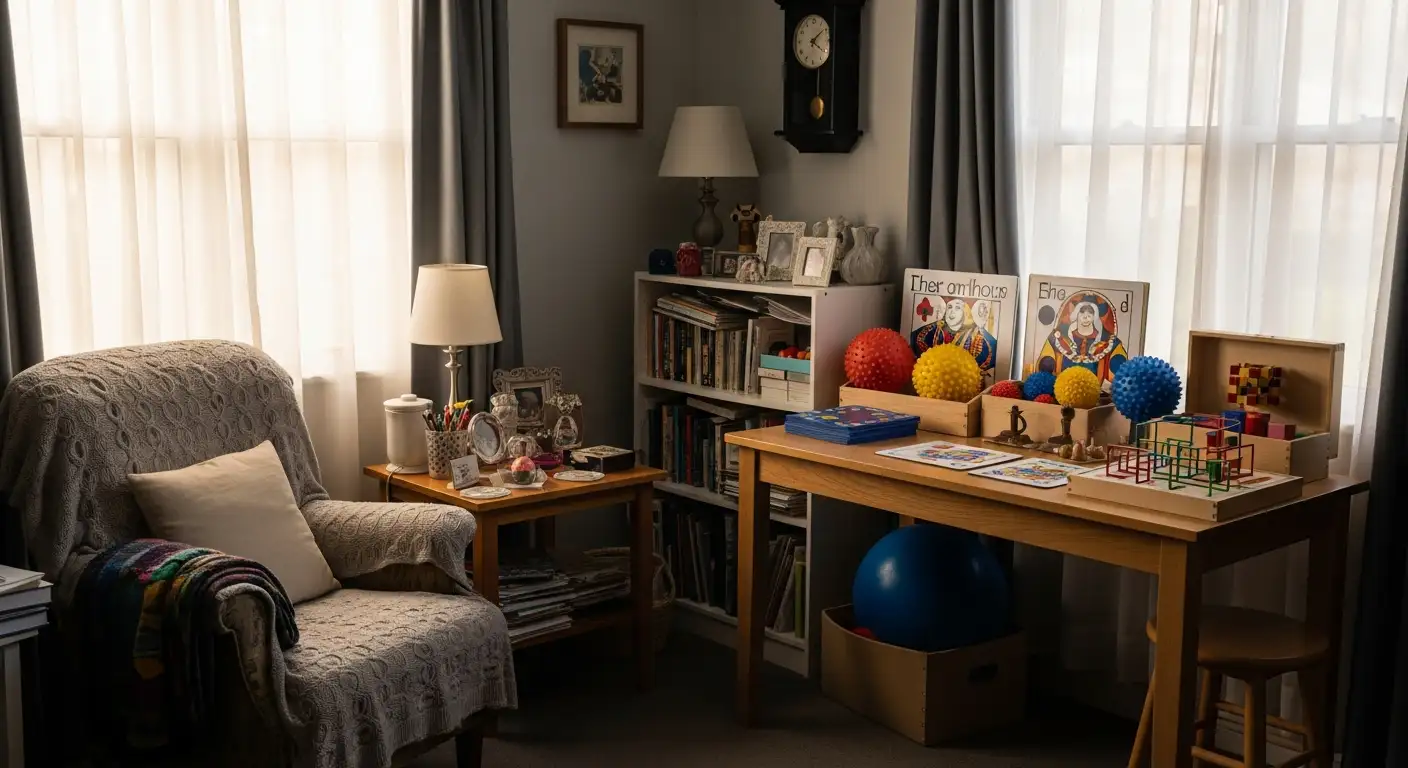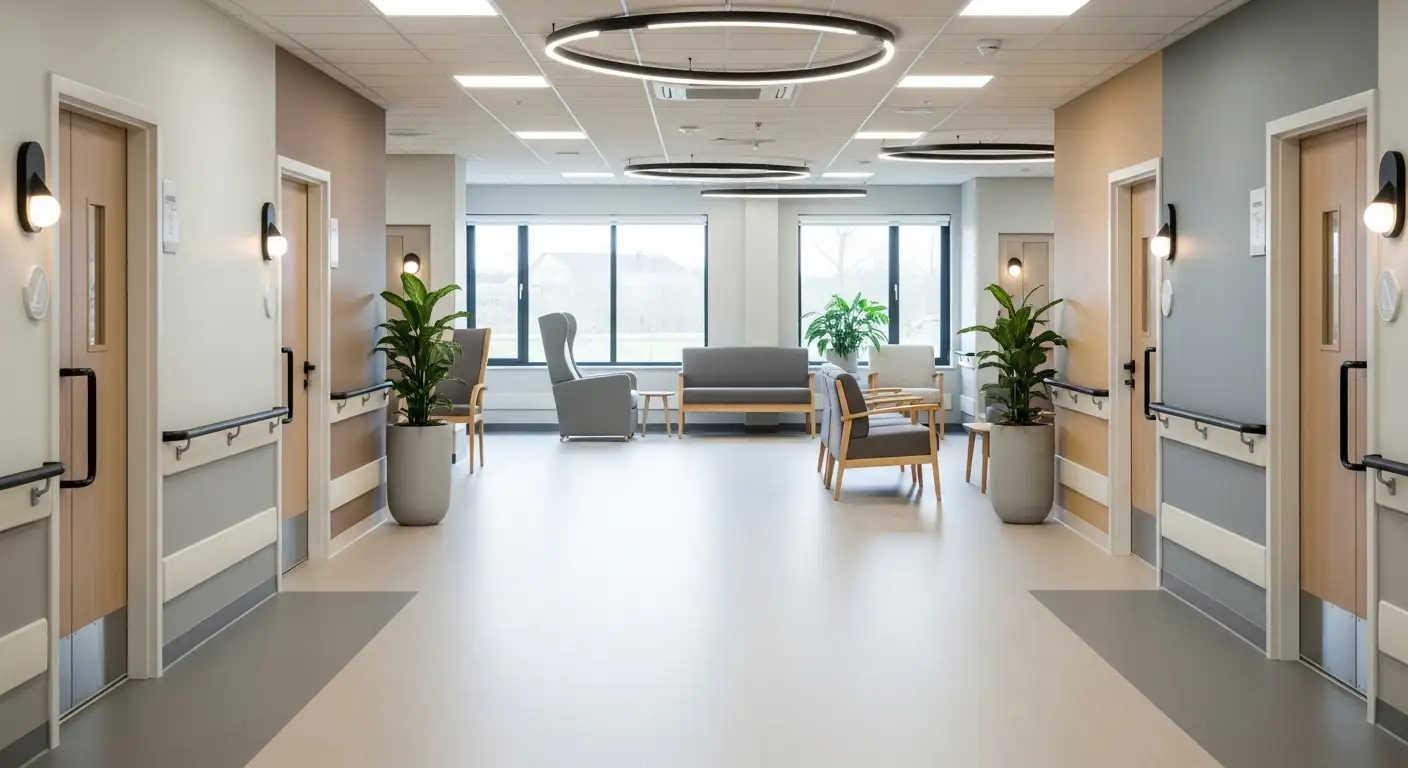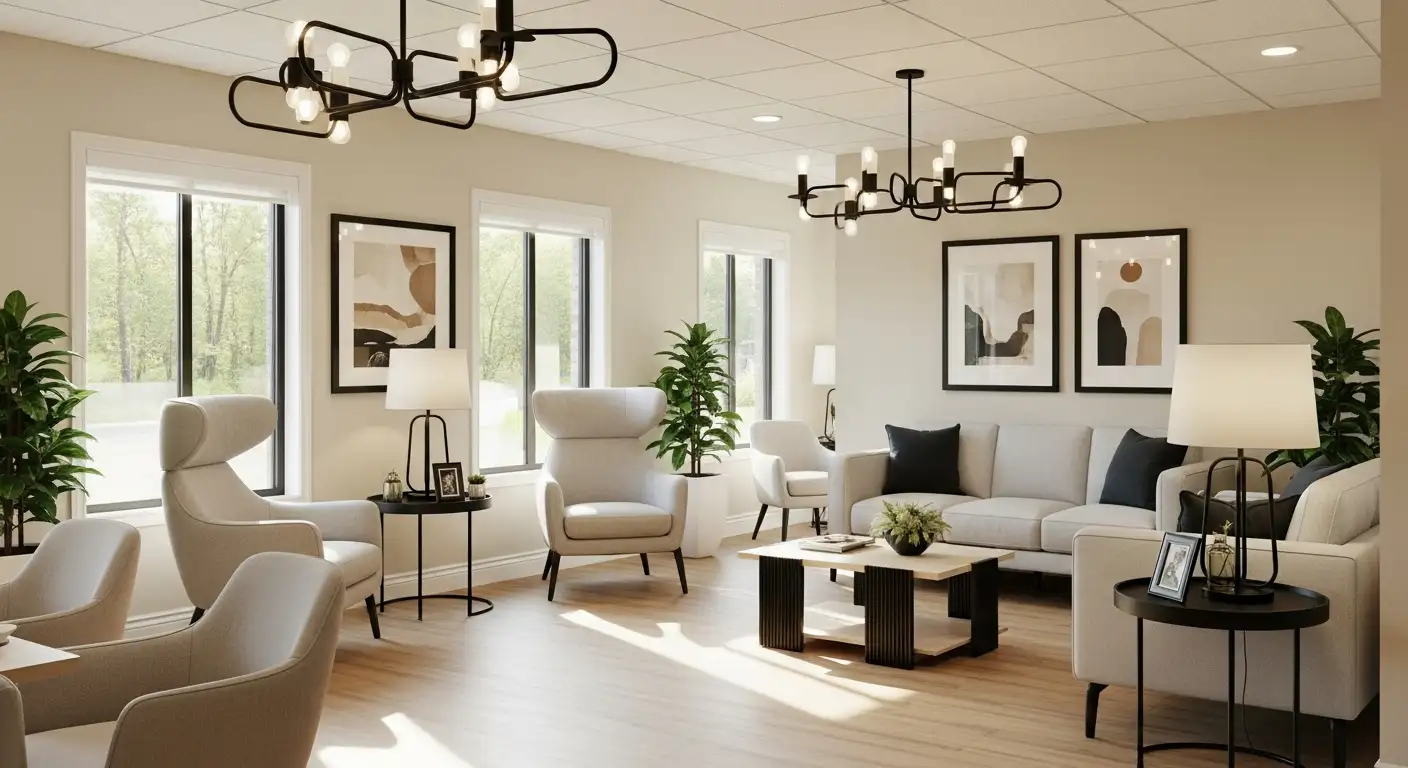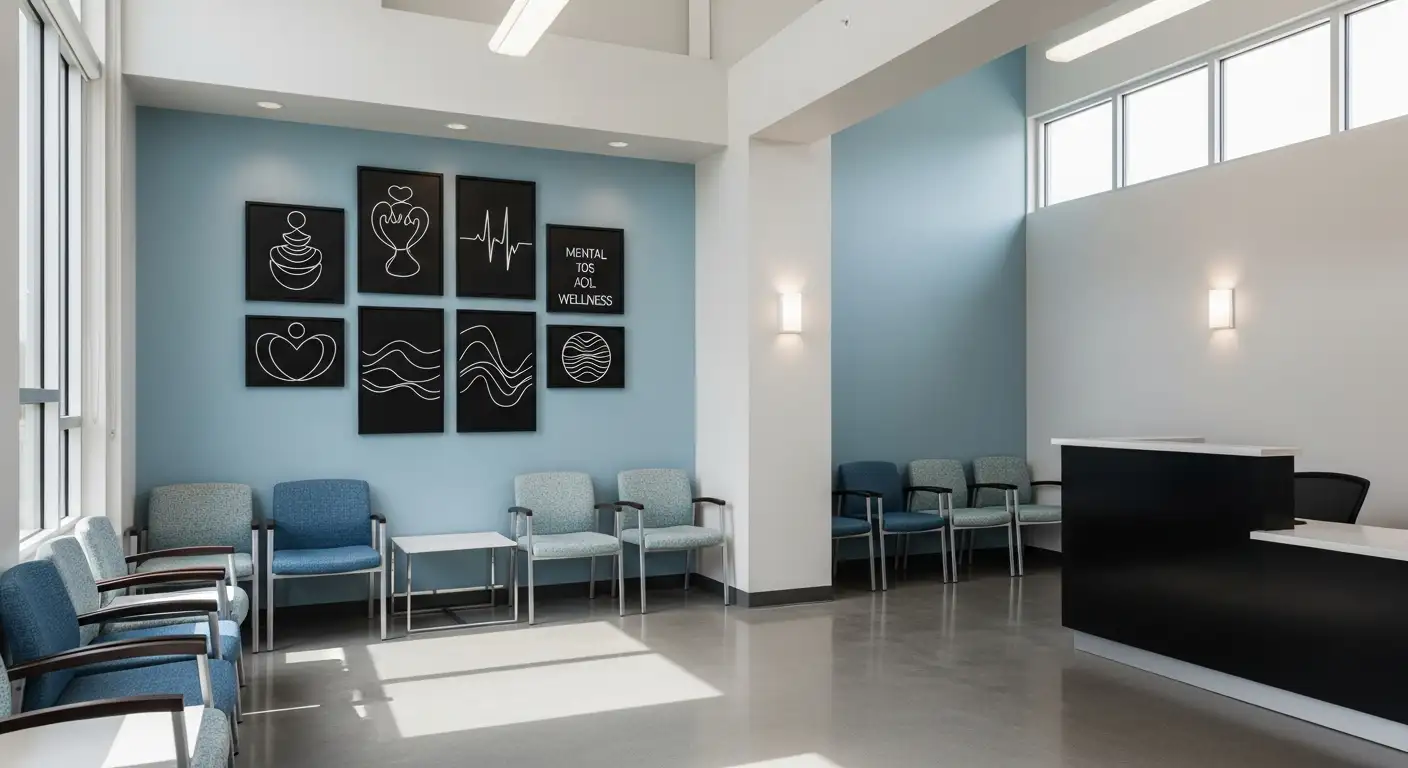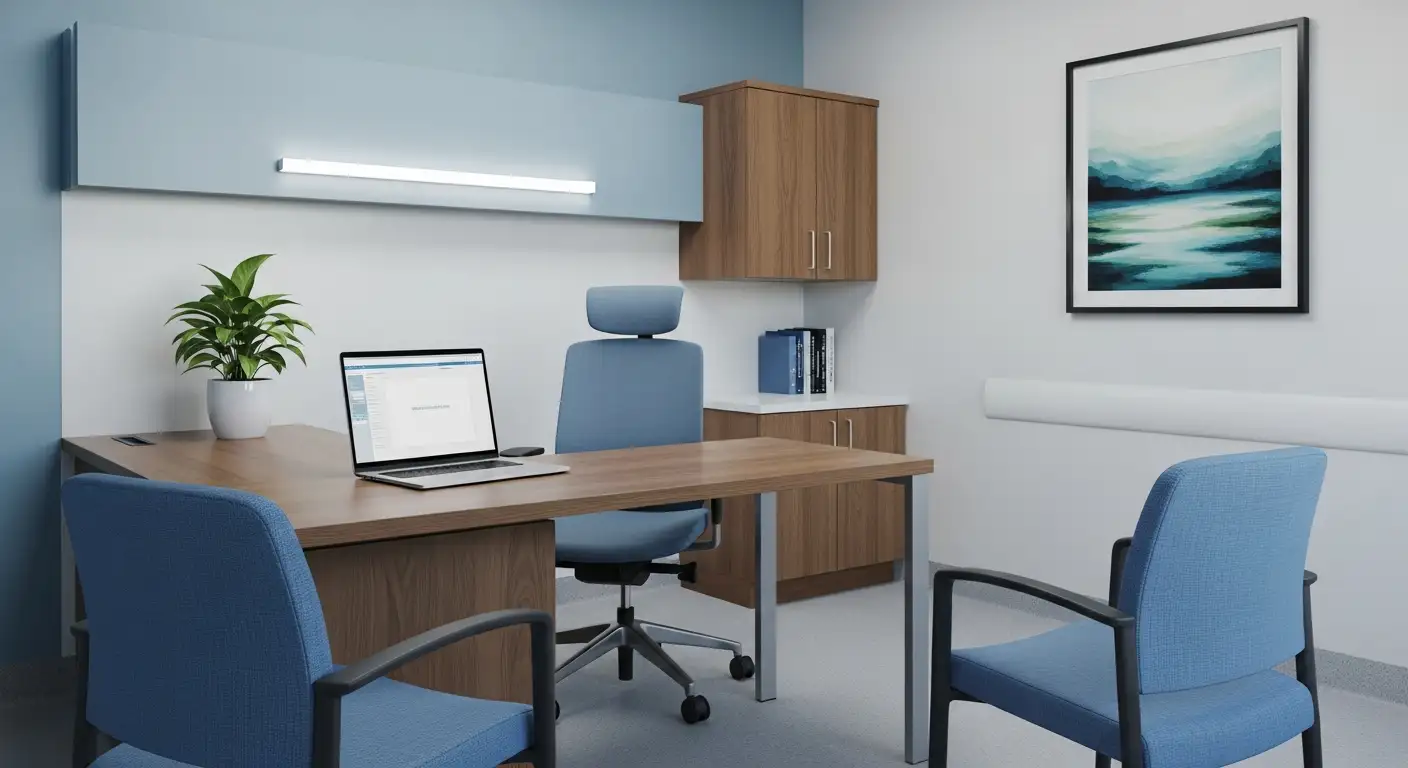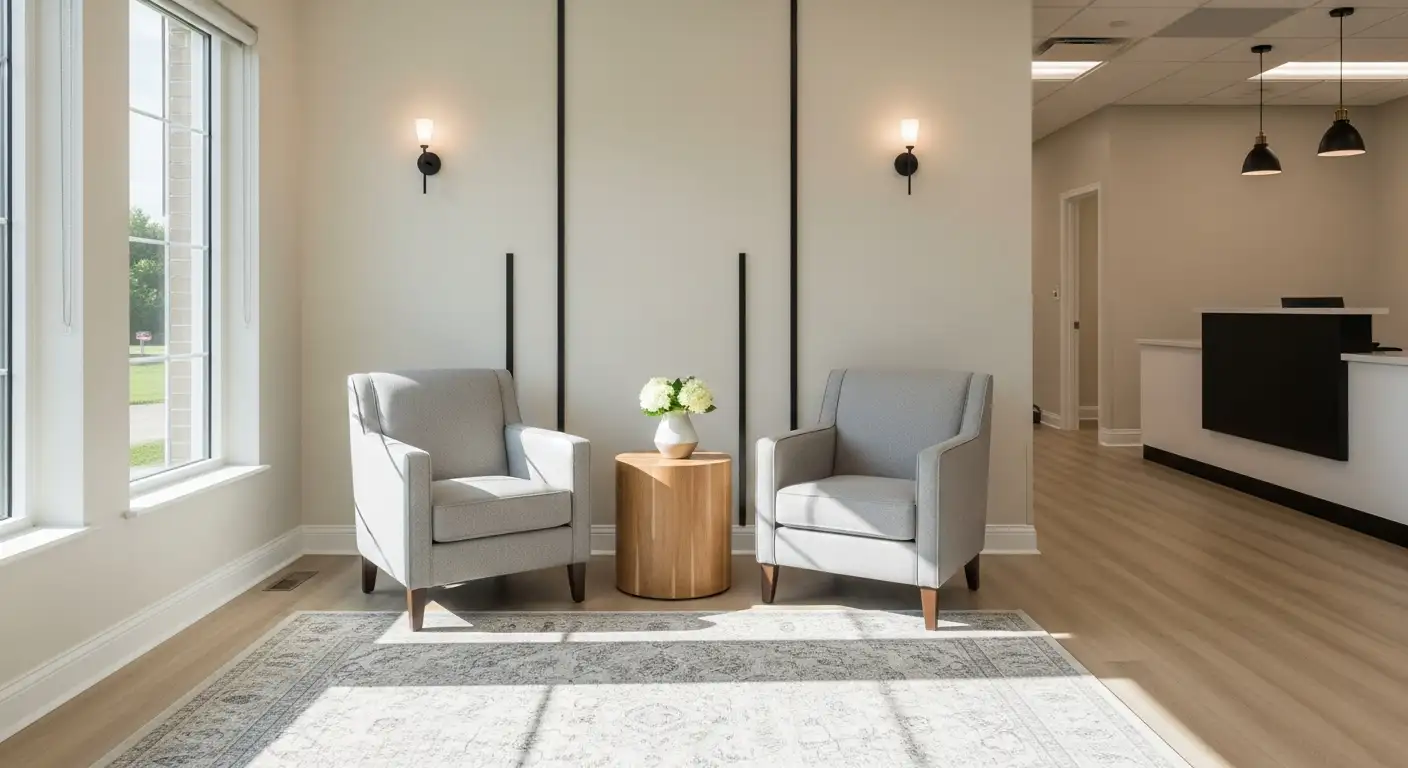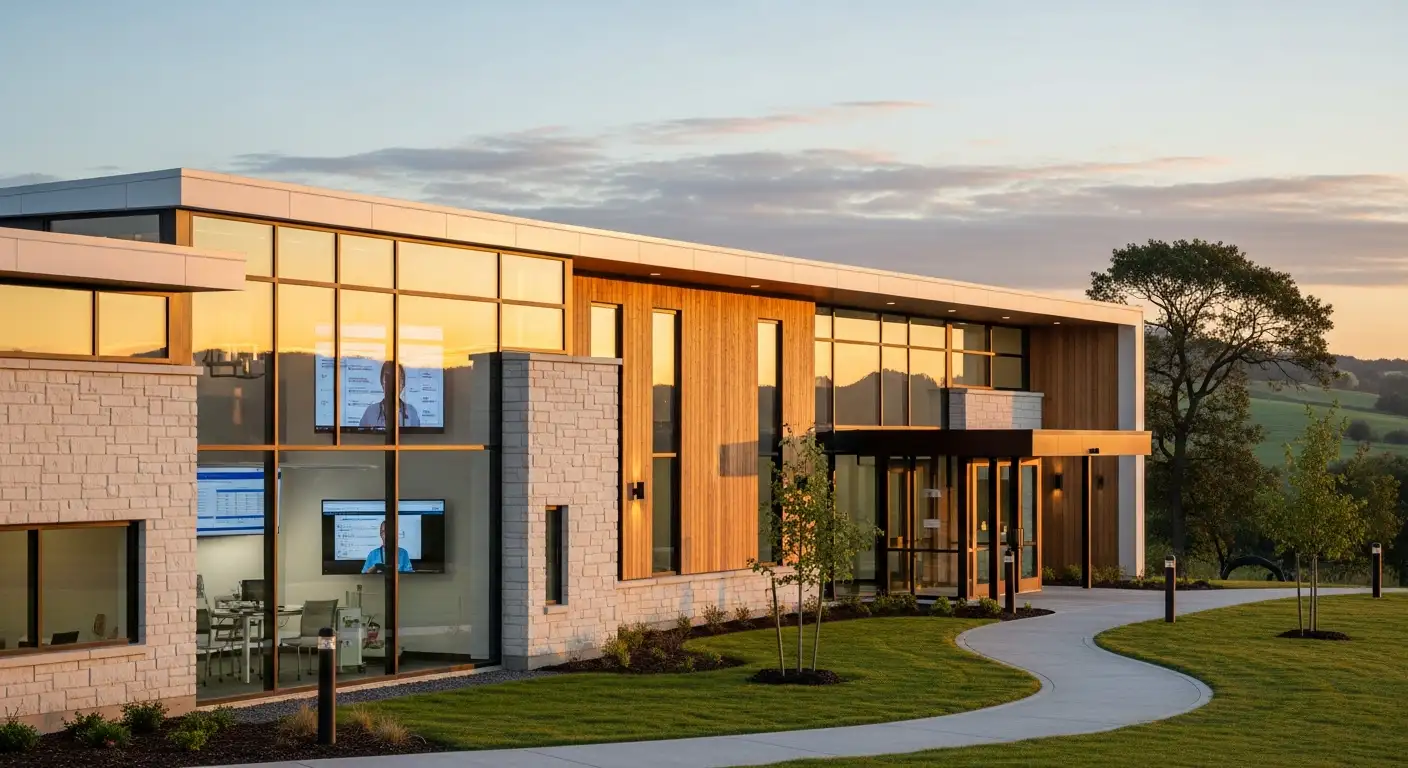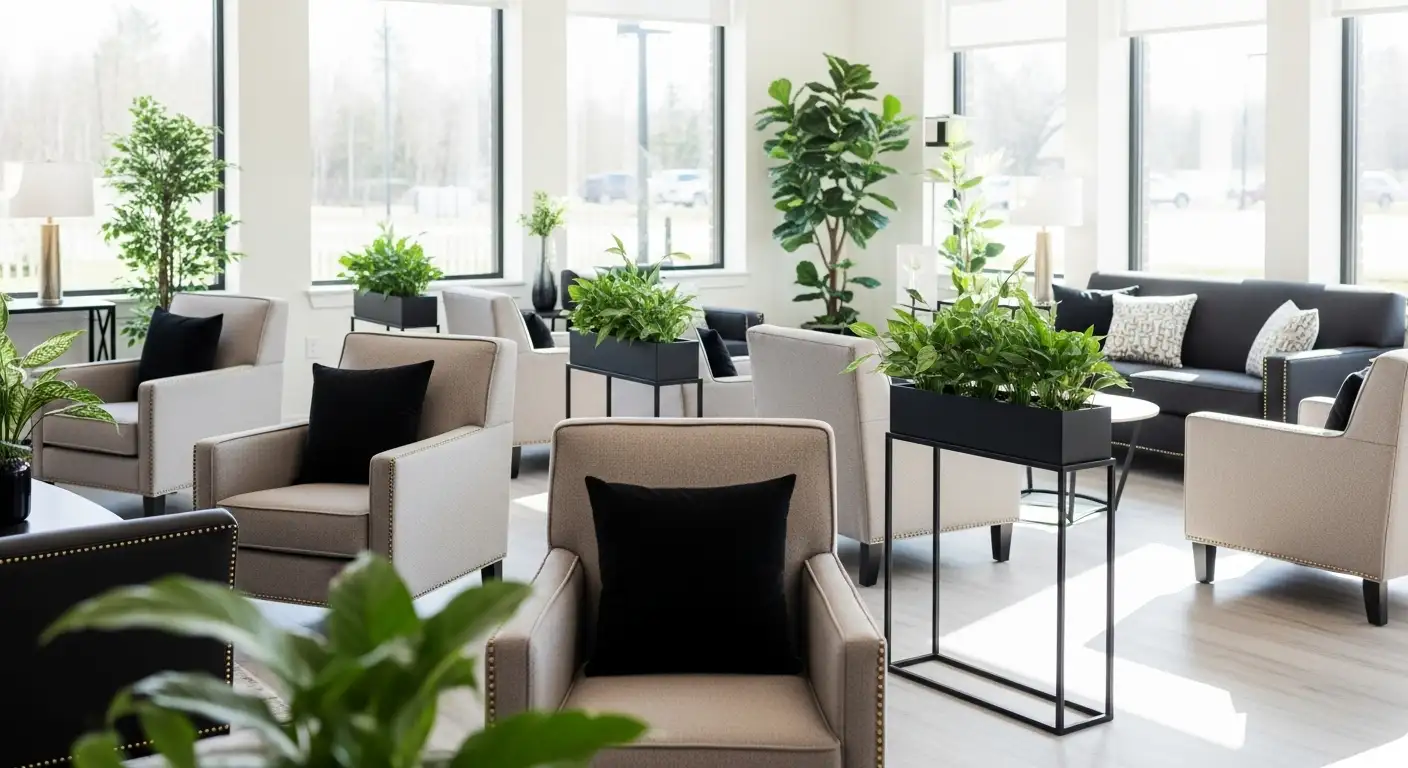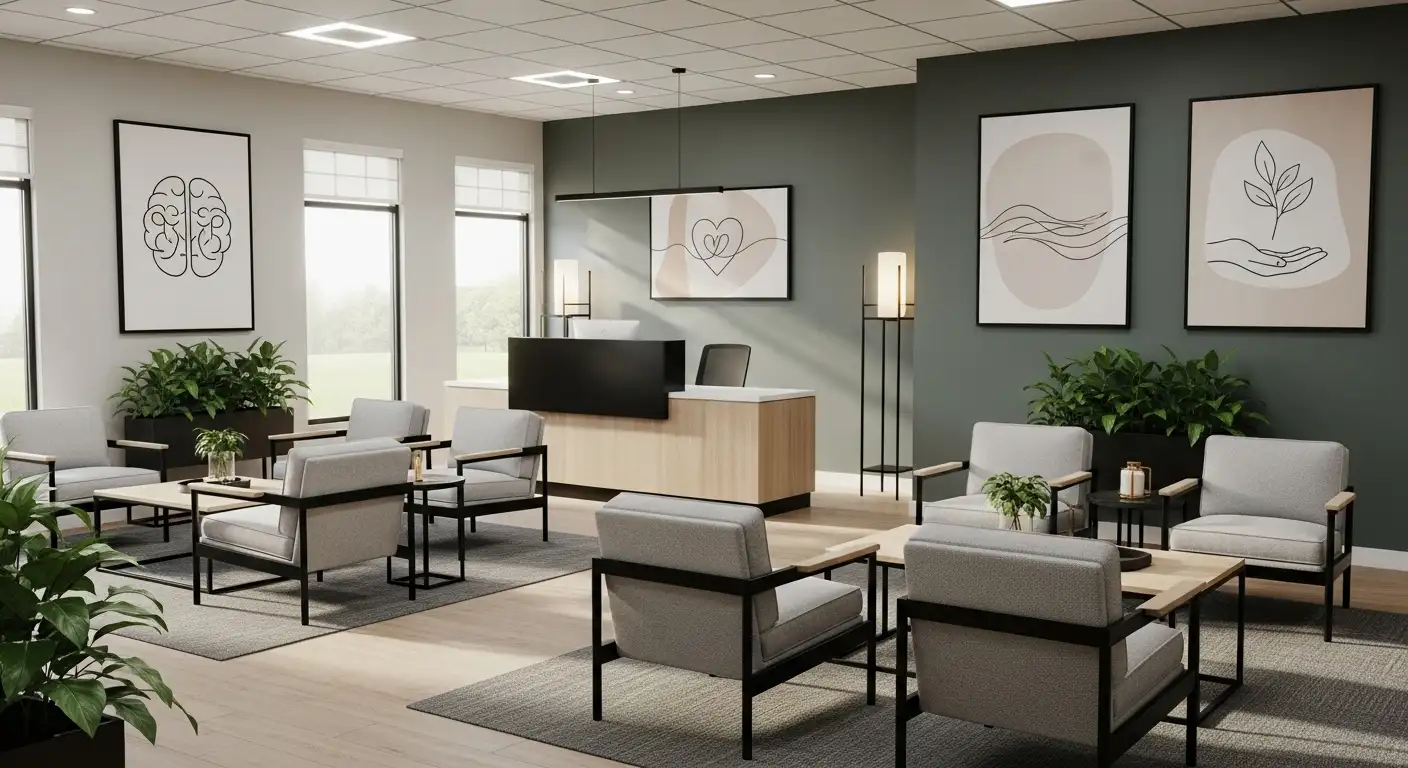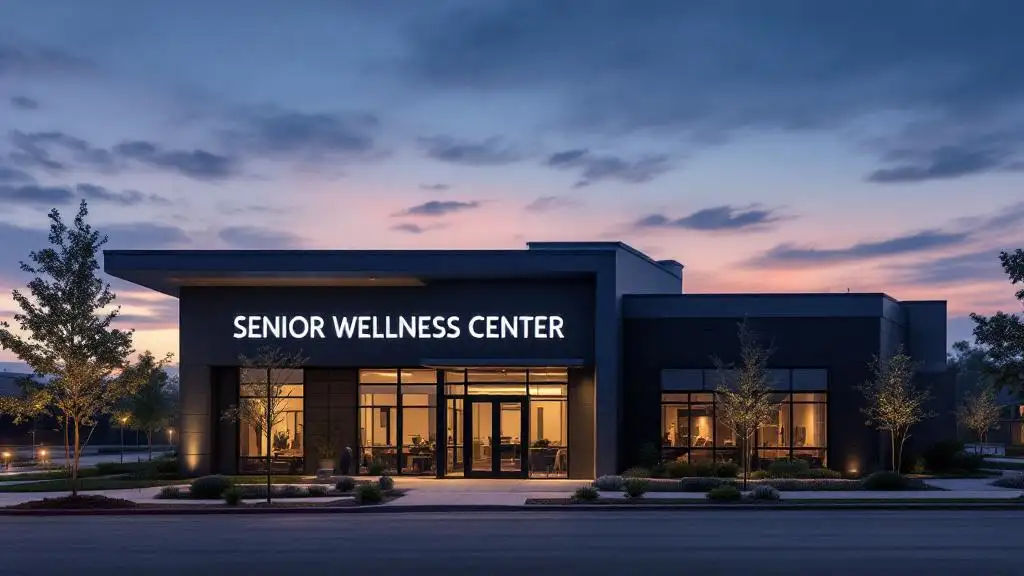Understanding the Significance of Effective Communication in Elderly Mental Health
Effective communication is the cornerstone of quality mental health care for older adults. It plays a vital role in diagnosis, treatment adherence, patient satisfaction, and overall health outcomes. However, numerous barriers rooted in sensory, cognitive, linguistic, cultural, and systemic factors often impede these interactions, leading to misdiagnosis, disengagement, and reduced therapy efficacy. Addressing these communication challenges requires a targeted, multidisciplinary approach that recognizes the unique needs of elderly individuals.
Understanding Common Communication Barriers in Elderly Mental Health Therapy
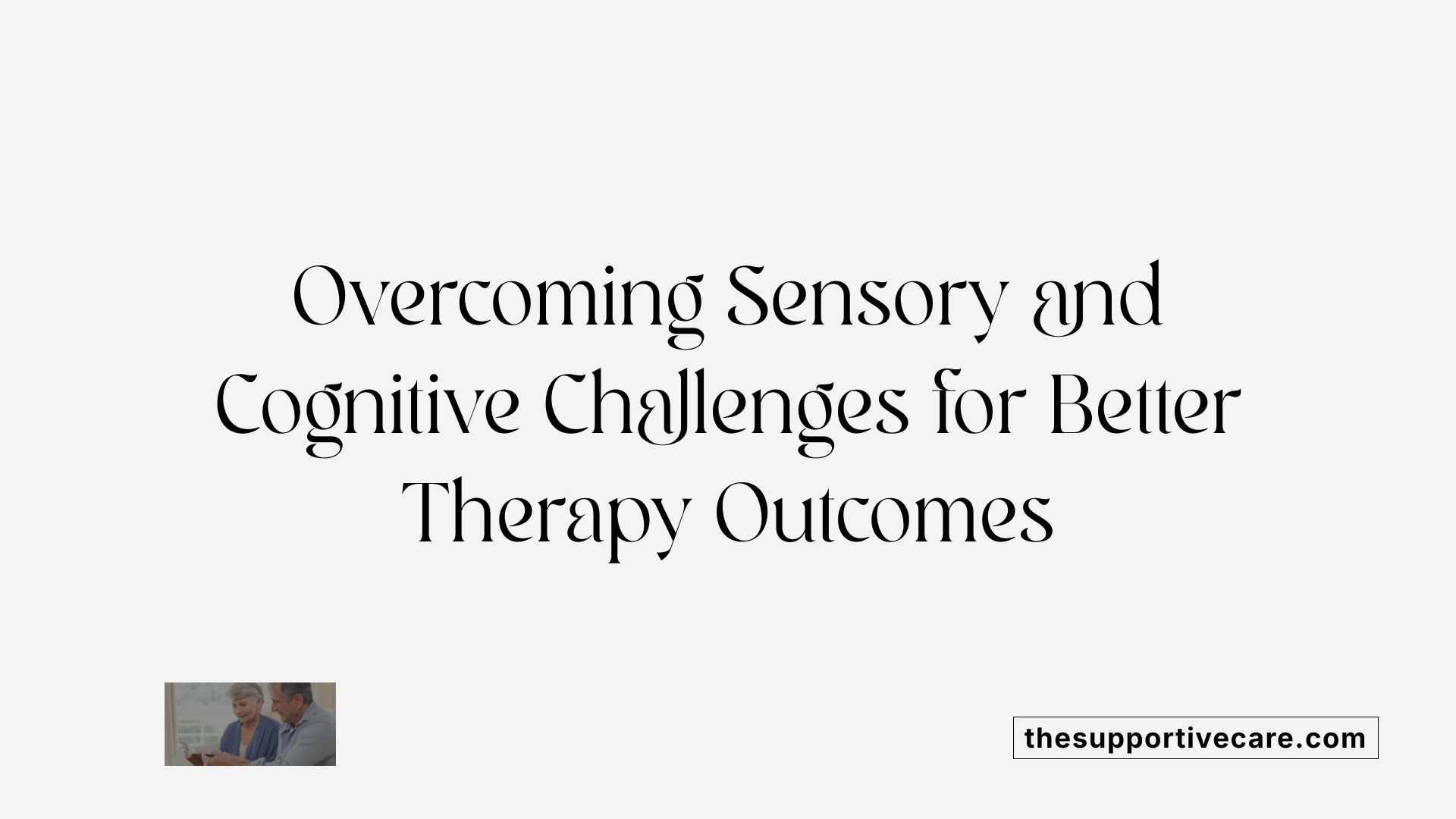
What are common communication barriers faced by elderly individuals in mental health therapy?
Elderly individuals often face several communication hurdles when engaging in mental health therapy. These barriers can significantly affect the quality of care, trust, and therapeutic outcomes.
One of the most prevalent issues is sensory deficits, such as hearing and visual impairments. Presbycusis, or age-related hearing loss, affects about one in three adults over 60 and up to half of those over 75. Vision problems like presbyopia and peripheral vision reduction also hinder effective communication, especially in environments with poor lighting or distracting noises.
Cognitive impairments, including memory decline and language retrieval issues, become more prominent with conditions like dementia, Alzheimer’s, or neurological diseases. These can cause difficulties in understanding and recalling information, making the exchange of ideas with therapists more complex. Patients may find it challenging to process new information or respond appropriately, which can lead to frustration.
Physical limitations further influence communication effectiveness. Difficulties in articulating words clearly or understanding speech in noisy settings are common. Mobility issues might restrict a patient’s ability to participate fully in face-to-face sessions, and fatigue or pain can reduce attention and engagement during therapy.
A notable barrier is the use of elderspeak—patronizing language that mimics baby talk or overly simplistic speech. This stereotyping can offend or embarrass older adults, fostering feelings of infantilization and reducing their willingness to share openly.
Technological barriers also present significant challenges, especially as e-health interventions become more prominent. Limited digital literacy, lack of access to reliable internet or devices, and concerns over privacy or data security can discourage older adults from embracing online mental health resources. Distrust of technology or fear of making errors can further hinder their participation.
Lastly, cultural and language differences play an essential role. Limited English proficiency can result in misunderstandings, misdiagnoses, or reluctance to engage in therapy due to fears of cultural insensitivity. Additionally, stigma and stigma-related beliefs about mental health within diverse communities can prevent individuals from seeking help or being fully honest during sessions.
In summary, addressing these communication barriers requires a multifaceted approach. Tailoring communication strategies, utilizing assistive technologies, fostering cultural competence, and building trust are essential to improve mental health outcomes for older adults.
Strategies to Improve Communication with Older Adults
What strategies can improve communication with older adults in mental health settings?
Effective communication with older adults requires a thoughtful, respectful, and tailored approach. Healthcare providers should focus on person-centered and empathetic interactions that recognize each individual's preferences, cultural background, and sensory or cognitive challenges.
One fundamental strategy is to use clear, simple language that avoids medical jargon and to speak slowly. Facing the patient directly, maintaining eye contact, and using calm, friendly gestures can facilitate better understanding, particularly for those with hearing or visual impairments. Employing visual aids, written summaries, or diagrams can help clarify complex information and support memory retention.
Creating a calm, private environment is crucial to foster openness and reduce feelings of judgment or embarrassment. Ensuring the setting is well-lit, quiet, and comfortable enhances communication effectiveness. In addition, being sensitive to cultural, generational, and health literacy differences allows providers to adapt their language and approach appropriately.
Nonverbal cues play a significant role in effective interactions. Gentle touch (when appropriate and consented), active listening, nodding, and appropriate facial expressions reinforce understanding and create a sense of safety. Respectful interaction involves not rushing the conversation, allowing ample time for responses, and validating the patient's feelings and concerns.
Involving family members or caregivers appropriately supports the patient’s social context and helps in shared decision-making. Educating patients about their medical conditions and mental health treatments improves adherence and empowers them to participate actively in their care.
Finally, building trust through transparency, honesty, and validation is essential for engagement. Providers should openly discuss treatment options, answer questions patiently, and acknowledge the patient's experiences and emotions.
By incorporating these strategies—centered around empathy, clarity, and cultural sensitivity—healthcare professionals can significantly enhance their communication with older adults, leading to better health outcomes and increased satisfaction in mental health care.
Addressing Sensory Deficits: Hearing and Visual Impairments
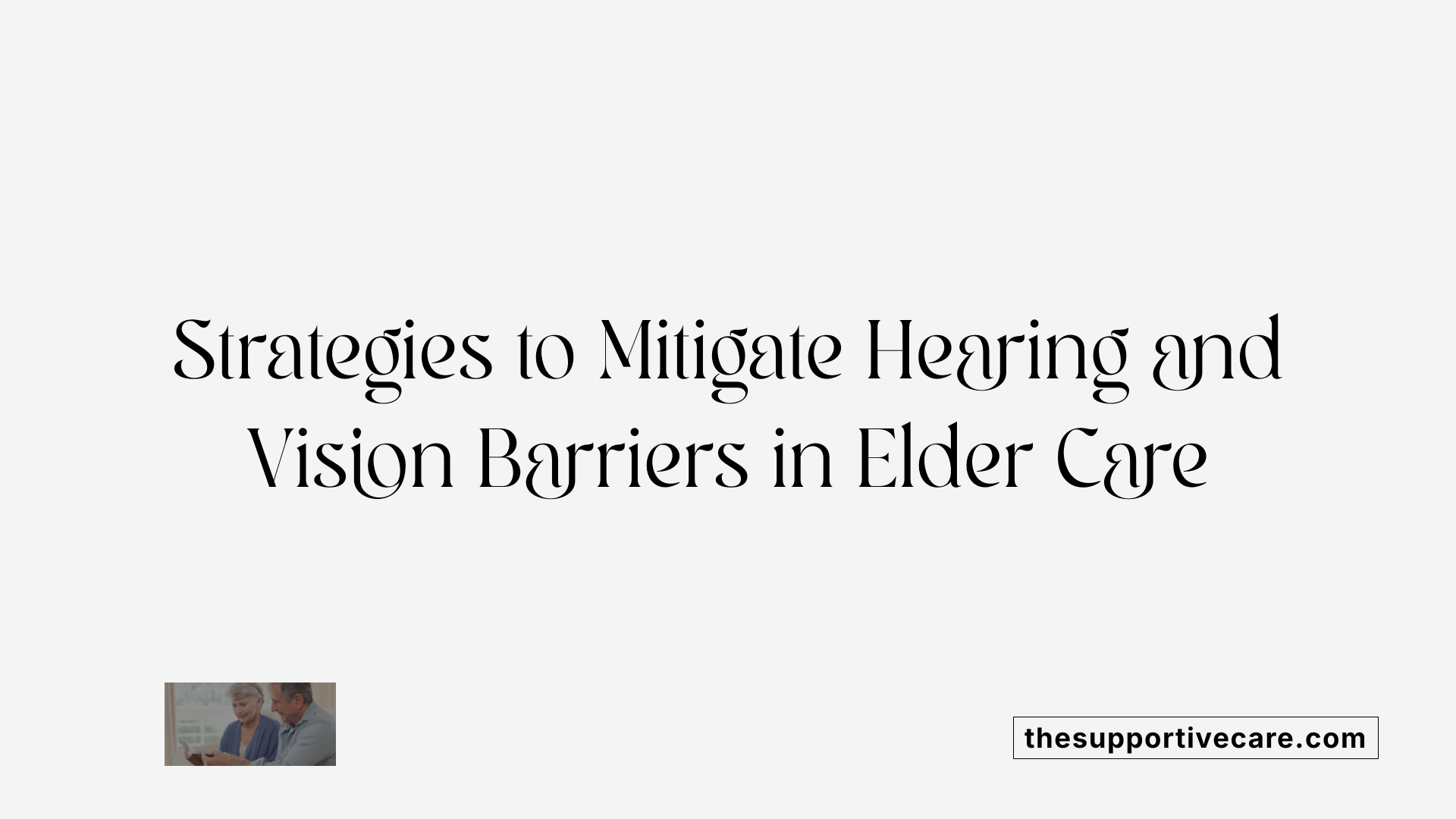
How can sensory deficits like hearing and visual impairments be overcome to enhance therapeutic communication?
Sensory impairments such as hearing and visual deficits are common among older adults and can significantly hinder effective communication in healthcare settings. Overcoming these barriers requires a comprehensive approach that includes the use of assistive devices, environmental modifications, tailored communication strategies, involvement of family, and education.
Use of assistive devices like hearing aids and visual aids can dramatically improve the ability to communicate and understand. Ensuring these devices are properly fitted, maintained, and used consistently is essential. For those with hearing loss, well-fitted hearing aids can enhance auditory perception, while visual aids such as magnifiers or glasses help clarify visual information.
Environmental modifications are crucial in creating supportive surroundings. Good lighting minimizes shadows and enhances visibility, allowing patients to see facial expressions and gestures clearly. Reducing background noise, such as turning off TV or radio, can improve hearing capacity and lessen misunderstandings during conversations.
Communication techniques tailored for sensory impairments should be standard practice. Speaking clearly, slowly, and facing the patient ensures better comprehension. Using visual cues such as gestures, facial expressions, and written materials can provide additional context. Employing verbal descriptions and demonstrations helps bridge sensory gaps, particularly for those with combined deficits.
Involving family and caregivers plays a vital role in enhancing communication. They can support consistent use of assistive devices and reinforce effective communication strategies. Their participation can also foster emotional support and assist in social interactions outside clinical settings.
Education for patients and caregivers is fundamental. Training about the proper use and maintenance of assistive devices, as well as effective communication techniques, empowers both parties. Providing accessible information ensures caregivers can support their loved ones effectively, leading to improved health outcomes.
Implementing these strategies collectively enhances the interaction between healthcare providers and older adults with sensory deficits. This proactive approach not only improves immediate communication but also fosters trust, reduces frustration, and promotes better adherence to treatment plans.
Managing Language and Cultural Differences
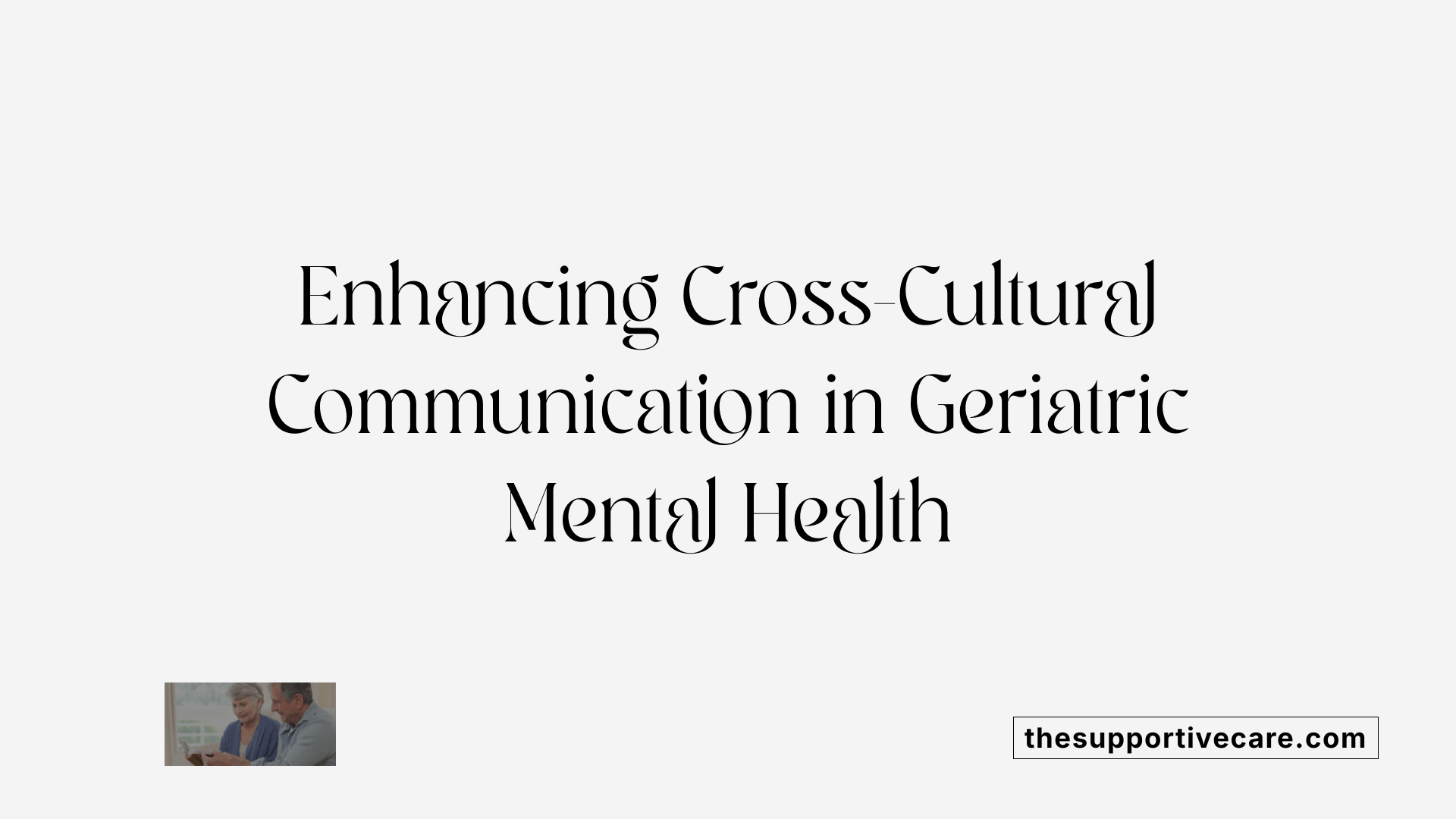
How can language proficiency and cultural differences be managed to facilitate effective communication with elderly patients?
Managing language and cultural differences is critical in providing effective healthcare to older adults. The first step involves using trained, professional interpreters who can accurately translate medical information while respecting cultural nuances, reducing the risk of misunderstandings. When possible, employing bilingual healthcare staff can facilitate immediate communication, creating a more comfortable environment for patients.
Cultural assessment and sensitivity training for healthcare providers are essential. These programs help clinicians understand patients' beliefs, health practices, and expectations influenced by cultural backgrounds. This understanding enhances trust and aligns medical advice with cultural values, improving adherence.
Inclusion of culturally valid assessment tools tailored to specific populations enables early detection of mental health issues within diverse communities. These tools are designed to reflect cultural expressions of distress, promoting more accurate diagnoses.
Addressing stigma through targeted education is also vital. Educational strategies that normalize mental health problems help reduce shame and fear, which often deter help-seeking behaviors among elderly populations.
Utilizing telemedicine offers a promising avenue to bridge language and cultural gaps, especially for seniors in remote or underserved areas. Telehealth platforms can incorporate multiple language options and cultural content, making mental health services more accessible and acceptable.
Engagement with community organizations dedicated to minority and immigrant populations fosters culturally competent care. These organizations can serve as trusted channels for outreach, education, and support, reinforcing the healthcare system's respect for cultural diversity.
| Strategy | Details | Benefits |
|---|---|---|
| Use of interpreters | Employ professional, trained interpreters | Accurate communication, cultural sensitivity |
| Bilingual staff | Hire staff fluent in community languages | Immediate support, rapport-building |
| Cultural assessment | Incorporate cultural beliefs and practices into care plans | Tailored treatments, improved trust |
| Culturally valid tools | Use assessment instruments validated for specific cultures | Better diagnosis accuracy |
| Education programs | Normalizing mental health issues | Reduce stigma, encourage help-seeking |
| Telemedicine | Offer multilingual, culturally aware telehealth services | Increased access, convenience |
| Community engagement | Partner with local organizations | Enhanced trust, outreach |
Addressing language and cultural differences effectively requires a multifaceted approach. Combining interpreter use, cultural competence training, tailored tools, education, technology, and community involvement ensures that elderly patients receive respectful, comprehensible, and culturally appropriate care.
Research continues to emphasize the importance of these strategies. A future focus is on developing more sophisticated, culturally adaptable assessment methods and expanding telehealth options to meet the diverse needs of older adults worldwide.
The Role of Family, Caregivers, and Support Networks
What role do family, caregivers, and support networks play in improving communication with elderly clients?
Family members, caregivers, and broader support networks are essential in enhancing communication and overall well-being among older adults. They provide various types of assistance, including emotional, instrumental, informational, and social support. These networks are often composed of trusted individuals—such as family members, friends, or community groups—who may be located nearby or at a distance.
Active engagement of support networks helps in creating an environment that fosters open communication. Emotional support, provided by loved ones and friends, significantly boosts mental health, reduces feelings of loneliness, and enhances life satisfaction. Caregivers can aid in conveying medical information accurately, assisting with appointments, and explaining complex health conditions in simple terms.
Digital tools play an increasingly important role in maintaining ongoing communication. Video calls, messaging apps, and telehealth platforms ensure that support continues beyond face-to-face visits. These technologies help bridge geographical gaps and enable continuous emotional and informational exchange.
Building trust within support networks involves recognizing reliable contacts and fostering consistent, respectful interactions. Encouraging family members and caregivers to participate in treatment planning and adherence can improve health outcomes—particularly for those with cognitive impairments or chronic medical conditions.
Strengthening these networks not only provides vital support but also helps reduce the sense of burdensomeness among older adults, which can otherwise hinder their willingness to communicate or seek help. Ultimately, a well-integrated support network enhances communication, promotes social connectedness, and supports the mental and physical health of elderly clients.
Evidence-Based Communication Strategies for Cognitively Impaired Elderly
What evidence-based communication strategies are effective for elderly patients with cognitive impairments?
Communicating effectively with elderly individuals experiencing cognitive challenges requires tailored strategies that promote understanding and comfort. Research indicates that using simple and clear language is essential. Breaking information into small, manageable pieces and addressing one idea at a time helps prevent confusion and facilitates comprehension.
Establishing a sense of familiarity is also beneficial. Introducing oneself clearly, explaining the purpose of the visit, and outlining what will happen during the interaction create a structured environment that guides the patient through the process.
Visual aids and written instructions serve as valuable tools to support memory and understanding. These materials can include pictures, charts, and checklists, which provide visual context and reinforce spoken information.
Involving family members and caregivers is crucial. They can act as advocates, help interpret information, and ensure safety and adherence to treatment plans. Respecting the patient's preferences, using familiar names, and maintaining routines can offer reassurance and stability.
Rephrasing and repeating important information is a proven approach to reinforce messages. It’s also helpful to verify understanding by asking the patient to paraphrase or explain in their own words.
Creating a calm, cheerful environment can significantly reduce anxiety. Adjustments such as proper lighting, minimizing background noise, and maintaining eye contact help foster a welcoming atmosphere.
Adjusting communication techniques to consider sensory impairments—like ensuring hearing aids are functional, speaking clearly at eye level, and providing written or visual cues—can enhance interactions further.
Careful pacing, patience, and allowing extra response time are important, as responsiveness may be slower. These approaches collectively support ongoing engagement, safety, and quality of care for elders with cognitive difficulties.
In summary, effective communication with cognitively impaired elders involves simplicity, clarity, visual support, familiarity, patience, and environmental adjustments, all aimed at improving their understanding, safety, and emotional comfort.
Combating Age-Related Stigma and Biases
How can age-related stigma and biases be addressed to improve therapeutic interactions?
Addressing age-related stigma and biases is critical for enhancing therapy effectiveness and encouraging older adults to seek mental health support. A comprehensive strategy involves multiple levels, focusing on education, professional training, cultural sensitivity, and community support.
One primary approach is implementing educational campaigns that target both the public and healthcare professionals. These campaigns aim to challenge misconceptions, dispel stereotypes about aging, and promote a positive view of mental health in older adults. By raising awareness about the normalcy of mental health issues and the importance of seeking help, these programs can reduce societal stigma.
Training programs for healthcare providers are essential for recognizing and combating implicit biases. When clinicians understand their own prejudices, they are better equipped to foster respectful, empathetic, and non-judgmental therapeutic environments. Educational sessions should include information about typical age-related changes, mental health disparities, and effective communication techniques tailored for elderly patients.
Incorporating cultural sensitivity into mental health interventions is vital, especially to lessen internalized stigma among racial and ethnic minorities. Culturally adapted approaches help address unique beliefs and stigmas that might prevent seniors from engaging fully in treatment. They also reinforce the importance of culturally competent care that respects individual backgrounds and experiences.
Creating supportive community environments can serve as a buffer against ageism and mental health mistrust. Community programs that promote social interaction, mental health literacy, and peer support can normalize seeking help and foster a sense of belonging. These initiatives often include workshops, support groups, and recreational activities designed to empower older adults.
Promoting positive perceptions of aging and mental health through media and outreach efforts encourages societal change. Highlighting stories of resilient seniors and positive mental health journeys can inspire others and dismantle harmful stereotypes.
Moreover, policy advocacy plays a role in facilitating access to age-friendly mental health services. Accessibility improvements, such as integrating mental health care into primary care settings and ensuring affordability, help reduce external barriers.
In sum, by combining education, professional development, cultural awareness, community involvement, and supportive policies, we can effectively combat age-related biases. These efforts will lead to more respectful therapeutic interactions, higher engagement in mental health care among older adults, and better overall outcomes.
| Strategy | Focus Area | Example Actions | Expected Outcomes |
|---|---|---|---|
| Public Education Campaigns | Society-wide awareness | Media outreach, success stories | Reduced societal stigma |
| Healthcare Provider Training | Clinical practice | Workshops, bias recognition | Improved therapeutic interactions |
| Cultural Sensitivity & Inclusion | Tailored interventions | Culturally adapted therapy, interpreter services | Increased engagement from minority groups |
| Community Support Initiatives | Social environment | Support groups, community centers | Enhanced social connectedness and help-seeking |
| Policy & Accessibility | Structural support | Funding, age-friendly policies | Increased access to mental health care |
Further research and continuous evaluation of these strategies are essential to adapt and optimize interventions that effectively address internalized and external biases. Increasing societal understanding of aging and mental health can substantially improve the quality of life for older adults and foster more inclusive, supportive care environments.
Training Healthcare Providers for Better Communication in Geriatric Psychiatry
What training guidelines are recommended for healthcare providers to improve communication with elderly patients?
Effective communication with older adults requires comprehensive training programs designed to tackle the unique challenges presented by this population. Such guidelines emphasize the importance of structured educational initiatives that incorporate multiple learning methods.
Firstly, didactic sessions provide foundational knowledge about age-related sensory, cognitive, and emotional changes. These lectures often include evidence-based practices for recognizing and accommodating hearing and vision deficits, cognitive impairments like dementia, and emotional responses to illness.
Secondly, the use of video examples and case studies illustrates real-life scenarios, helping providers understand how to adapt their communication style effectively. This visual learning enhances understanding of verbal and non-verbal cues characteristic of elderly patients.
Thirdly, experiential learning through role-playing and simulations with standardized patients—trained actors portraying older individuals—offers a risk-free environment for practicing skills. These exercises can simulate sensitive situations such as delivering difficult news or obtaining consent, promoting confidence and competence.
Training should also focus on core concepts like shared decision-making, demonstrating empathy, and maintaining clarity. For example, using simple language, speaking face-to-face, and confirming understanding through teach-back methods are vital strategies.
In addition, multidisciplinary training approaches are highly recommended. Collaborations among physicians, surgeons, residents, nurses, social workers, and other healthcare professionals foster a team-based approach, ensuring consistent communication practices across settings.
It is crucial that these programs address specific challenges faced in geriatric populations, including managing sensory impairments, cognitive decline, and emotional considerations like fear and anxiety. Emphasizing patience, respectful engagement, and cultural sensitivity enhances therapeutic relationships.
Research evidence supports that such training significantly improves healthcare providers’ self-efficacy, reduces ageist attitudes, and subsequently elevates the overall quality of care. Providers become better equipped to engage older patients actively, make shared decisions, and clarify health information, leading to increased patient satisfaction and healthier outcomes.
In summary, adopting comprehensive, multispectral training programs that combine didactic, experiential, and interprofessional elements is essential for advancing communication skills in geriatric healthcare, ultimately fostering trust and understanding in the patient-provider dynamic.
Policy and System-Level Initiatives to Reduce Disparities
What policy considerations can help reduce communication disparities in elderly mental health services?
Addressing communication barriers among older adults requires comprehensive policy approaches that focus on enhancing service accessibility and quality. One important area is workforce training. Policies should promote mandatory education programs that develop healthcare providers' skills in geriatric communication, cultural sensitivity, and effective verbal and non-verbal strategies. This ensures that providers can better understand and meet the diverse needs of elderly patients, including those with sensory deficits, cognitive impairments, or language barriers.
In addition to training, integrating multidisciplinary teams—including mental health specialists, social workers, interpreters, and primary care providers—can improve coordinated care. Policies encouraging collaboration across various healthcare sectors facilitate holistic treatment plans and reduce fragmentation that often exacerbates disparities.
Expanding access to digital health tools, such as telepsychiatry and e-health platforms, is another crucial policy measure. These technologies can overcome geographical and mobility restrictions, making mental health services more accessible to older adults, especially in rural or underserved areas.
Funding dedicated to interpreter services and translation programs plays a vital role in bridging language gaps. Institutions should be supported to hire bilingual staff and utilize reliable translation technologies, including AI-powered tools, to ensure clear communication.
Implementing and promoting evidence-based programs like IMPACT (Improving Mood-Promoting Access to Collaborative Treatment) and PEARLS (Program to Encourage Active, Rewarding Lives for Seniors) ensures that interventions are effective and tailored to older adults’ unique psychological and social needs. Policies should incentivize the adoption and rigorous evaluation of these approaches.
Finally, fostering cooperation among healthcare systems is essential. Policies that facilitate data sharing, care coordination, and transparency can enhance system-wide responses to disparities. Supporting ongoing research to identify gaps and best practices remains a cornerstone for sustained improvements.
Collectively, these policy initiatives aim to create a healthcare environment that is more equitable, communicative, and tailored to the complexities of aging populations, ultimately reducing disparities in mental health outcomes among older adults.
| Strategy | Objective | Implementation Considerations |
|---|---|---|
| Workforce training policies | Improve provider communication skills | Mandate geriatric and cultural sensitivity training programs |
| Integration of teams | Enhance coordinated care | Support multidisciplinary team models and collaborative care frameworks |
| Digital health expansion | Overcome access barriers | Fund telepsychiatry, e-health platforms, and patient engagement tools |
| Interpreter and translation funding | Address language barriers | Ensure availability of bilingual staff and AI translation tools |
| Adoption of evidence-based programs | Improve efficacy and consistency | Incentivize use of programs like IMPACT and PEARLS |
| Healthcare system collaboration | Ensure seamless care delivery | Promote data sharing and inter-organizational partnerships |
This comprehensive policy approach ensures systemic support tailored specifically to the needs of elderly populations, promoting equitable access to quality mental health care.
Implementing Continuous Education and Technological Adaptation for Providers
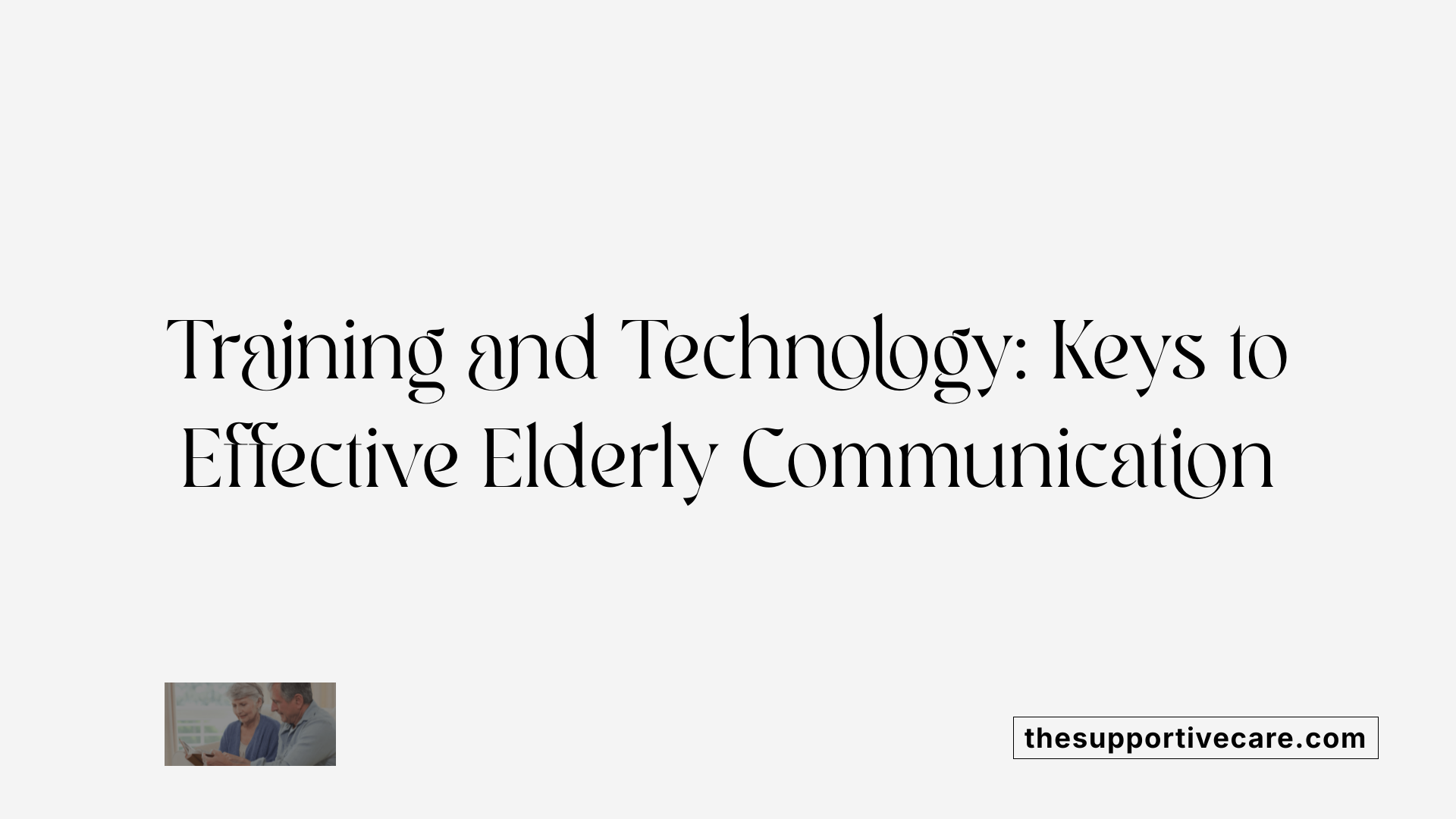
What training guidelines are recommended for healthcare providers to improve communication with elderly patients?
Effective communication with older adults is crucial for delivering high-quality healthcare and ensuring positive outcomes. To achieve this, healthcare providers need ongoing training that focuses on improving their interaction skills tailored specifically to elderly patients.
Comprehensive training programs are recommended, which combine various teaching methods to maximize learning. These should include didactic lectures to introduce core concepts, video demonstrations showing best practices in real-world scenarios, and experiential role-playing exercises with standardized patients simulating elderly individuals. Such active learning strategies help clinicians practice and refine their communication techniques.
Training should especially address common sensory and cognitive impairments found in older adults, such as hearing loss, vision deficits, and dementia. Providers need to learn how to modify their speaking style—using clear, simple language, speaking face-to-face, and ensuring proper physical accommodations like hearing aids or glasses.
Beyond technical communication skills, programs should emphasize empathy, respect, and shared decision-making. This approach fosters trust and encourages older adults to participate actively in their care. For example, teaching providers to avoid patronizing language and to involve family members appropriately can improve the overall patient experience.
It is essential that training targets a broad range of healthcare professionals—including physicians, surgeons, residents, nurses, and allied health staff—to promote a multidisciplinary approach.
Evidence indicates that such training not only increases healthcare providers’ confidence and self-efficacy but also reduces stereotypes and ageism, which often hinder effective communication.
In summary, implementing regular, well-structured training aligned with current best practices enhances the ability of healthcare workers to communicate effectively with older patients, ultimately leading to better healthcare outcomes and patient satisfaction.
Conclusion: Optimizing Communication for Better Elderly Mental Health Outcomes
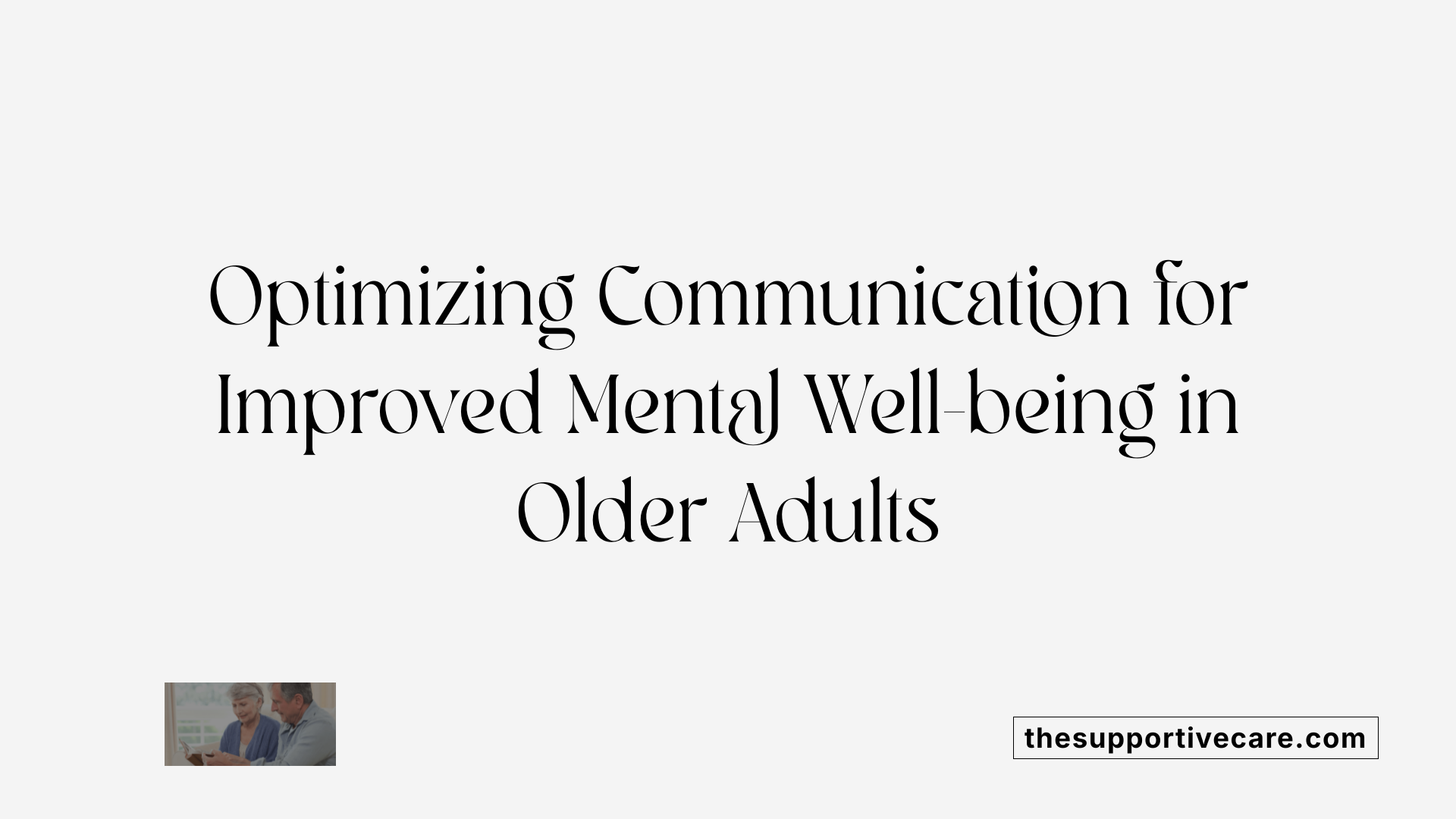
Summarizing key points
Effective communication with older adults is essential for improving mental health outcomes and ensuring quality healthcare. It involves understanding the unique barriers, such as stigma, negative beliefs, language differences, sensory deficits, and technological challenges that older adults face.
Barriers to seeking mental health help often include internal factors like self-stigma and misconceptions about mental health professionals. External barriers, including cost and physical accessibility, are less influential compared to internal stigma, which significantly impacts help-seeking behaviors.
To facilitate help-seeking, strategies such as culturally sensitive approaches, education, and contact-based interventions have proven effective. These methods help reduce stigma and promote trust, making older adults more comfortable pursuing mental health services.
In healthcare settings, excellent communication skills are pivotal. Respectful, clear, and empathetic dialogues foster trust, enhance understanding, and support shared decision-making. Special considerations, such as accommodating sensory impairments and involving family members responsibly, further improve interactions.
For individuals with cognitive or neurological conditions like dementia, tailored communication strategies—using simple language, visual aids, and consistent routines—are essential. Additionally, non-verbal cues like touch, facial expressions, and body language contribute to conveying compassion and understanding.
The rise of digital and mobile health interventions holds promise but faces barriers like lack of awareness, privacy concerns, and technological comfort. Increasing familiarity, building trust with healthcare providers, and ensuring user-friendly design can promote adoption.
Language barriers pose additional challenges, but the employment of professional interpreters, bilingual staff, and technological translation tools can foster better understanding.
Supporting the emotional and mental well-being of older adults also benefits from addressing societal issues such as racism and systemic disparities, which significantly influence mental health outcomes.
Overall, a comprehensive approach that combines improved communication strategies, stigma reduction, culturally sensitive practices, and technological support can greatly enhance mental health care for older adults. Continued research and tailored interventions are necessary to further refine these strategies and ensure they meet the diverse needs of the aging population.
Fostering a Culture of Open, Empathetic Communication
Enhancing communication in elderly mental health therapy is a multifaceted endeavor that demands attention to sensory, cognitive, cultural, and systemic factors. Employing evidence-based strategies—such as personalized, respectful dialogue, environmental modifications, use of visual aids, and involvement of support networks—can greatly improve engagement, trust, and treatment outcomes. Training healthcare providers through continuous education, cultural competence, and simulation exercises is essential, as is developing policies that support accessible and culturally sensitive services. Overcoming age-related stigma and biases deepens the therapeutic alliance and encourages help-seeking behaviors. With a commitment to ongoing improvement and innovation, the healthcare system can better meet the communication needs of older adults, ultimately fostering healthier, more connected lives.
References
- Barriers and facilitators of older adults for professional mental health ...
- Talking With Your Older Patients | National Institute on Aging
- 10 Strategies for Communicating Effectively With Senior Care ...
- Quality communication can improve patient-centred health ...
- Communication strategies - Health.vic
- Barriers to older adults' uptake of mobile-based mental health ...
- Language Barriers on Elderly Healthcare - Open MedScience
- Barriers and facilitators to the use of e-health by older adults
